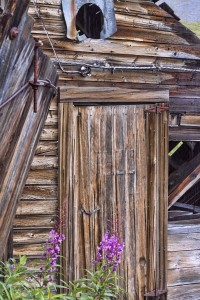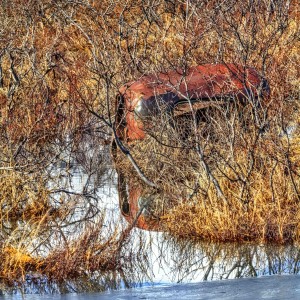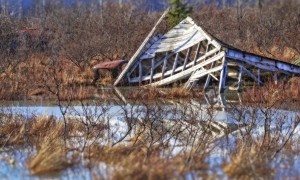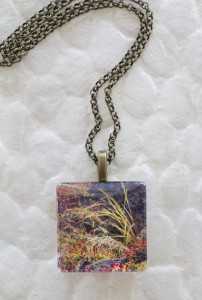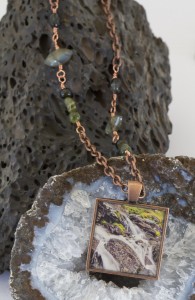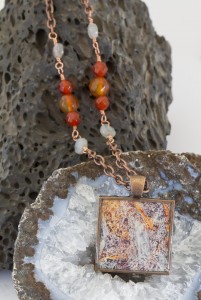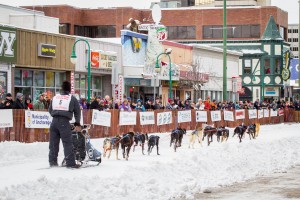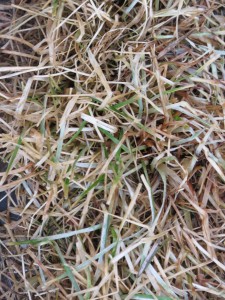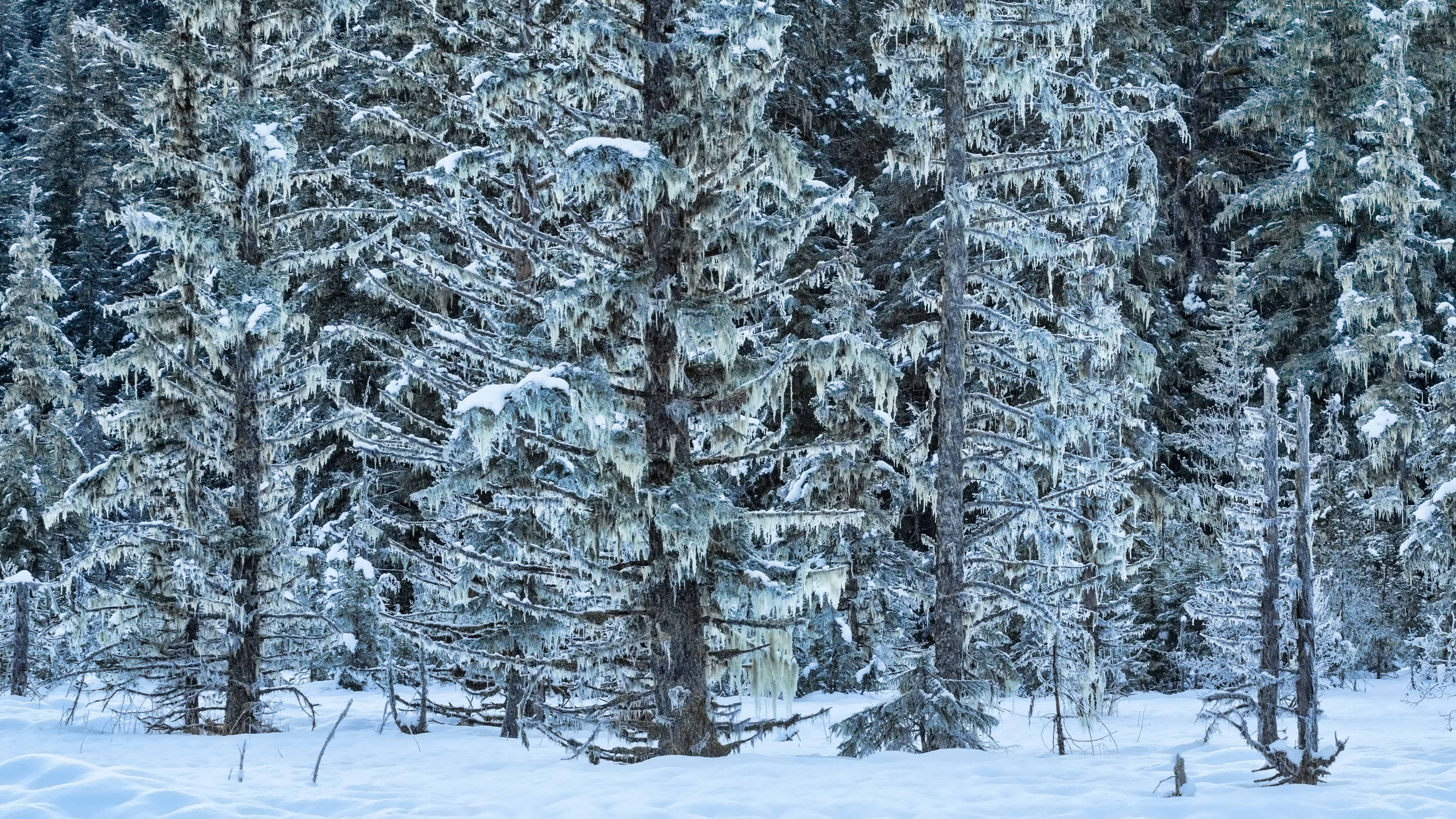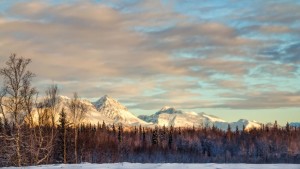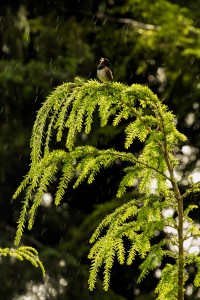
About 5 years ago I was taken aback when a female professional wildlife photographer somewhat condescendingly told me she didn’t think it was possible to be a professional nature/wildlife photographer and be a mother of young kids. I’d never met a woman who discouraged other women from following their dreams and trying to make it work, no matter what the obstacles. While I can understand and admit that it’s sometimes challenging to get out in the field to photograph, I do not consider having kids a liability to anything I’ve wanted to do. When I met this lady I was near the beginning of my path seriously following my heart to become a good photographer, and I’m glad I didn’t follow her train of thought and give up on the idea of being a photographer. So in honor of the first day of the school year and having the house to myself, I thought I’d share a few ideas on how I’ve been able to mesh the two pursuits and make it work.
1) Be dedicated to my craft and be flexible
Two traits that have served me well are flexibility and dedication. My kids are young, 6 and 11 years old. Their needs change on a dime. My plans need to change too. They may need to go to a playground when I want to go on a nature walk (with my camera), and the playground usually wins. But, my camera comes along too. There’s plenty to photograph all around-insects and birds, plants and flowers, textures, clouds, or playing with intentional blur. I just have to be open to see what’s right in front of me. And if I come home with a few candid shots of the kids, that’s a bonus. My kids are generally reasonable people, and many times I can take them to the park to play and then get them to agree to a (short) stop for me to “play” with my camera. I’m dedicated to giving my kids the best childhood I can, I’m also dedicated to being happy and a better photographer and I’ve found ways to do both at the same time.
2) Involve the kids and family as much as possible
Many times I plan a hike or local trip to spots that they particularly like. I use their interest to my advantage. Many times they will help me scout out things to photograph. I teach them about our local wildlife and plants, and also about seeing the light in the landscape and how to use a camera. They go searching for mushrooms or pika or flowers or watch the light changing on a scene while I set up and focus on one thing. By the time I have my shot(s) they have several more potential shots lined up for me. They are also able to watch the light changing, so while I’m immersed in something they are able to interrupt me so I don’t miss great lighting opportunities. I also take extra cameras along, so when the spirit moves them, they can create their own images. I’ll be honest, they eventually lose interest in what I’m doing. But, instead of turning on the TV when they get bored, they are out in nature and find ways to entertain themselves- skipping rocks on a river or pond, searching for treasures or just sitting and experiencing the world around them.

3) Analyze the situation quickly and follow my instincts when photographing
Two other important skills I’ve developed are to think quickly and follow my gut. When I’m out with my camera and the kids I photograph what I’m naturally attracts me. I’ll take a bunch of shots: from eye level, from above looking down, from below looking up, from the side, with a shallow depth of field, with a deep depth of field, with a wide angle lens or zoomed in for a tight composition. I work quickly and try to maximize the variety of shots. Some images turn out wonderful, many get thrown away, but that’s OK because I let myself explore and learn. Over time I think I’ve gotten pretty good at quickly assessing an opportunity and making the stronger images first, so that when I have to cut the shoot short because the kids need to move on I’m not disappointed.
4) Get out by myself
As much as my family is part of my photography, I also make it a point to get away and shoot by myself too. I cherish these times. I get to slow down, turn off the mommy radar (but not the bear danger radar) and think more about what I want to do while making an image. I may go out with a goal or two, but they are usually broad; something like “long exposure water photographs” or “autumn color in the mountains”. These are the times my tripod gets the most use and when my soul gets the most refreshed. I can immerse myself fully in the experience of photographing nature and get to that place where the world stands still around me as I carefully compose an image and fine tune the camera settings to capture my vision.
5) Kids are an asset not a liability
I may not get to take weeks at a time for a safari or get up every morning at a particular spot in the middle of nowhere to capture the perfect sunrise, but I do get to take a lot of wonderful photographs. I also get to teach my kids about the world from a different perspective than many people do. They are part of the stories behind the images and they inspire me to get out and explore. I want them to appreciate the world they live in and I want to spend time with them. Including them in my photography is a great way to do all of these things at once.
I’m very happy I did not give up on my desire to become a better photographer when I had kids. To the contrary, it has made being a full time mom easier for me because it gives me an outlet for my creativity and something to work towards besides clean dishes and folded laundry. Including my kids in what I’m passionate about is a great way to teach them about following their own dreams and it helps me build a stronger relationship with them and make memories I hope they will cherish as they get older.
(Note: I would never have gotten any of the images in this post if I had forced Sarah to take the trail I wanted. She insisted we go to the mine and I’m so happy I didn’t fight her on that, but was flexible and adapted my plans to her interests.)
